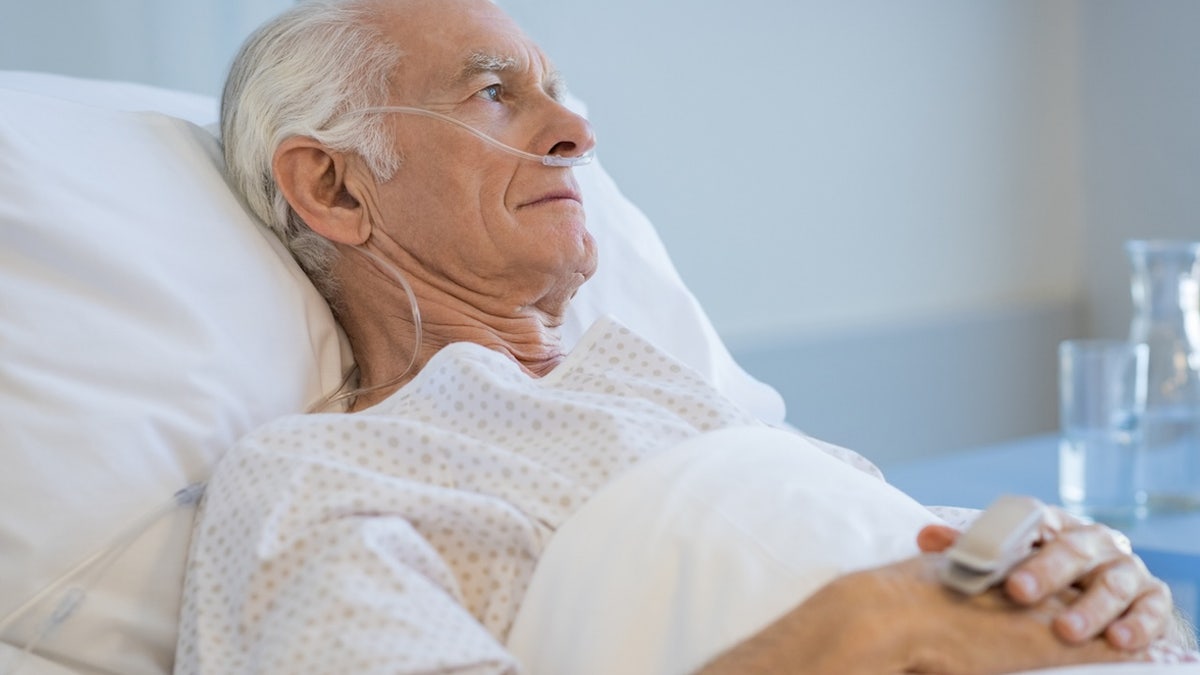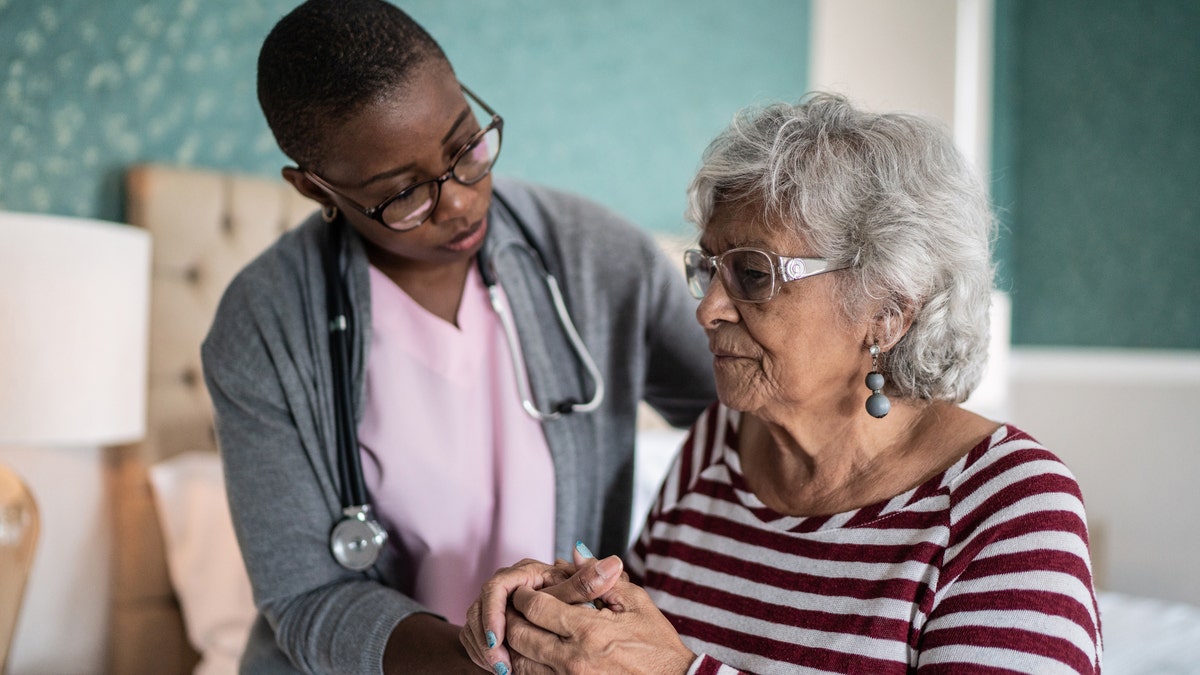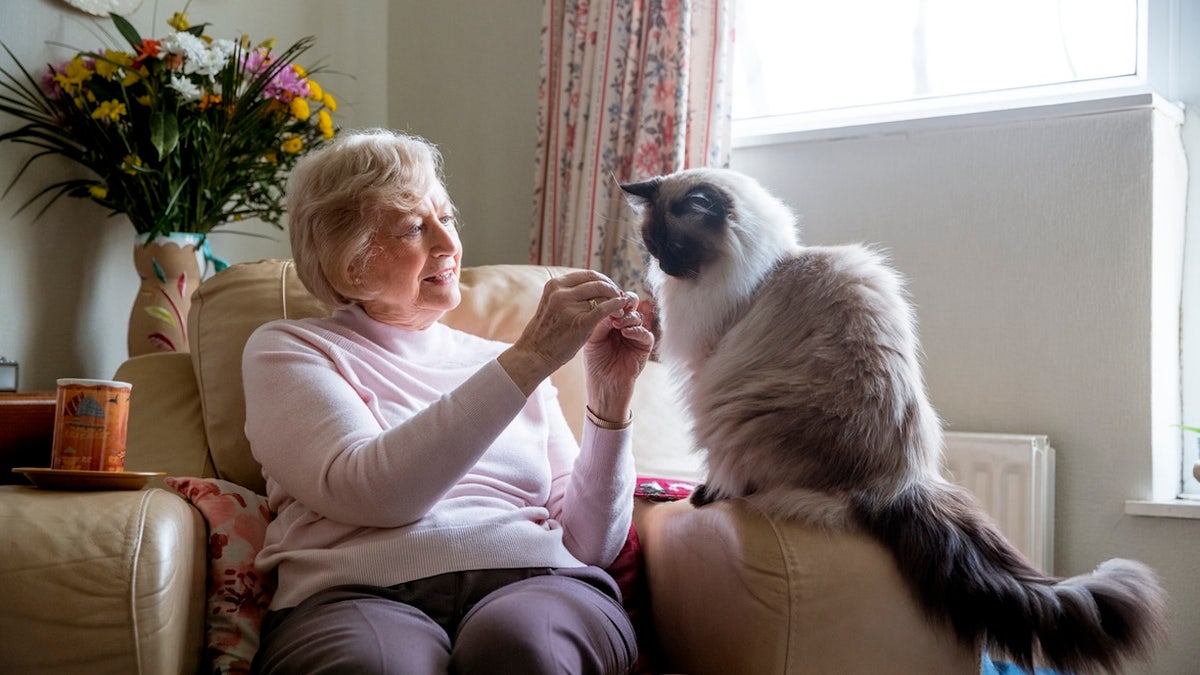As the population continues to get older, more adults are becoming solo agers during their golden years.
“Solo agers have been shown to be as healthy and happy as other older adults and live just as long,” Sara Zeff Geber, Ph.D., an aging expert and author of “Essential Retirement Planning for Solo Agers,” told Fox News Digital.
Some of them, however, face unique challenges that can significantly impact their quality of life and well-being.
TO REDUCE DEMENTIA RISK, SENIORS SHOULD TAKE UP THIS OUTDOOR ACTIVITY, STUDY SUGGESTS
Below, experts offer advice on how to be a successful solo ager.
What is solo aging?
“My definition of a solo ager is someone who does not have family nearby who are able and willing to intervene in a crisis and who will be available to provide support as the solo ager requires it,” Geber said.
Some people become solo agers by choice — through opting not to have children, for example — or by circumstance, such as the death of a spouse or a child moving away, the expert added.
About 28% of people 65 and older — or 22 million older adults — live alone, according to 2023 data from the U.S. Census Bureau.
Among adults aged 50 or older, approximately 12% of them are considered “solo agers,” according to a 2021 AARP report.
“Solo agers have been shown to be as healthy and happy as other older adults and live just as long.”
“While the idea of aging without family support has always existed, especially in cases of widows or childless individuals, solo aging as a distinct concept with its own set of challenges and considerations has emerged more prominently in recent decades,” Bei Wu, Ph.D., vice dean for research at the NYU Rory Meyers College of Nursing, told Fox News Digital.

Different cultures also view autonomy differently as adults get older.
“In China, the ‘three no’ older adults — those with no children, no ability to work and no income — have faced significant challenges and garnered considerable attention in gerontological research,” said Wu, who has studied social isolation and aging.
HIT THE ROAD: NEW STUDY SUGGESTS TRAVEL COULD DELAY AGING, IMPROVE PHYSICAL AND MENTAL HEALTH
Solo agers are more likely to lack support from friends and family, which can make it difficult to access social, emotional and practical support, the expert added.
Not having a caregiver to provide assistance when the person is sick can also lead to delays in receiving necessary medical attention.

Only an estimated one-third of solo agers have someone to help manage their households or handle day-to-day expenses if they are unable to do so, according to the AARP report.
Solo agers also face increased financial vulnerability as they grow older, as they have fewer resources to manage health care, housing and daily living expenses, Wu noted.
The importance of planning ahead
“For solo agers, the key resources I suggest focus on three main areas: community engagement, financial and estate planning, and health care advocacy,” Ailene Gerhardt, a solo aging educator and patient advocate in Massachusetts, told Fox News Digital.

Gerhardt — who is also the founder of The Navigating Solo Network, a free resource library that aims to foster a sense of belonging for older adults — recommends developing two types of networks.
One should consist of professionals who can advocate for legal and medical needs. The other might contain friends and acquaintances who provide additional support.
DEMENTIA WARNING: DON’T EVER SAY THESE 16 THINGS TO LOVED ONES WITH THE DISEASE, EXPERTS ADVISE
“Solo agers should prioritize getting their plans in order, for every day and the long term, including reviewing what kind of care and support they want — and do not want — if they are unable to advocate for themselves,” Gerhardt advised.
That might mean filling out a will that specifies in detail how to distribute assets and having an advance directive, which details the person’s wishes for life-sustaining treatment if they are too ill to make the decision, the expert said.

Approximately half of solo agers have an advance directive — and only 44% have shared it with their primary care doctor, according to AARP.
Part of creating an advance directive is designating a durable power of attorney (DPA), who can speak for the person in periods of illness or incapacitation.
AGING SPEEDS UP ‘MASSIVELY’ AT TWO POINTS IN ONE’S LIFETIME, STANFORD STUDY FINDS: ‘ABRUPT CHANGES’
Experts recommend choosing someone trustworthy who is a generation younger — mature enough to handle a serious end-of-life issue but young enough where they are not yet experiencing the same aging issues.
Cultivating social connections
Those who place a high value on friendships often have better health and happiness, past research shows.
Older adults who don’t cultivate friendships may be less likely to receive help from friends, which exposes them to more negative emotions triggered by changes in their lives, according to a previous study.
An organic way to foster social connections is to move to a neighborhood with an existing support structure, experts recommend.

One example is Village to Village Network, a national organization that provides resources and support to help older adults age in their communities.
Members become part of a local “village” that offers support services and opportunities to make social connections.
CLICK HERE TO SIGN UP FOR OUR HEALTH NEWSLETTER
“These services range from social and educational programs to health and wellness activities, as well as practical support like transportation, home maintenance and technology coaching,” Barbara Sullivan, national director of the Village to Village Network in New Jersey, told Fox News Digital.
“By providing a variety of resources and services, they help foster a sense of belonging and independence.”

Technology can also help enable these connections, according to Wu, the NYU gerontologist.
“Video calls and social media platforms enable older adults to stay connected with family and friends, regardless of distance,” she told Fox News Digital.
For more Health articles, visit www.foxnews.com/health
Wu encourages solo agers to engage in local activities at senior centers, community organizations and churches as a means of staying active and socially connected.
Read the full article here











